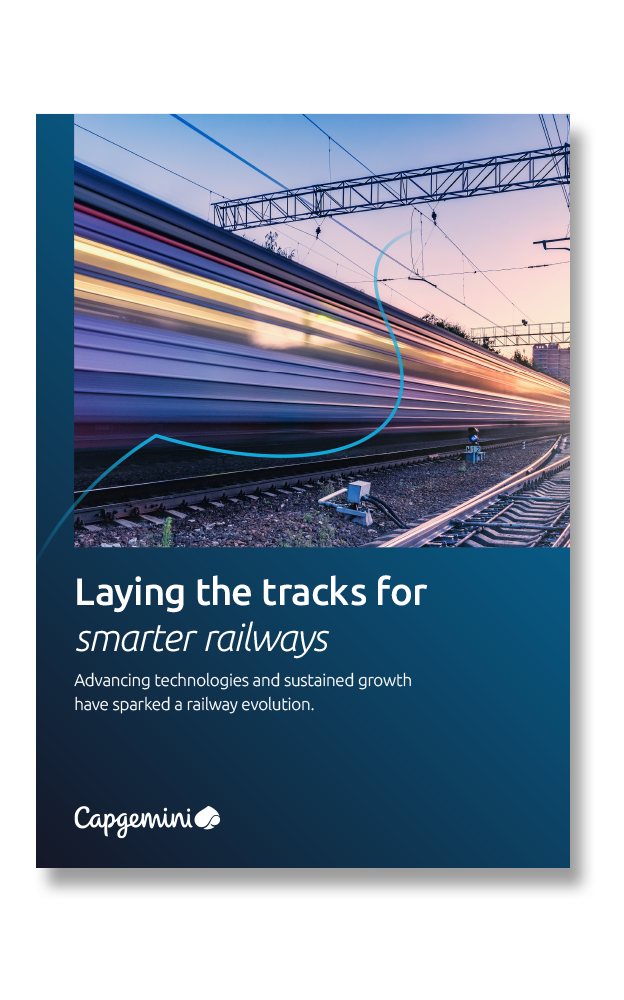Embracing the future: next-gen railway asset lifecycle management for a growing market
The global rail market is expansive, and revenues are projected to grow by 19% by the year 2029. This growth brings with it an urgent demand for next-gen railway asset management systems. Now is the time for the sector to embrace the technologies that make smart railway asset management possible.
As the rail sector continues to evolve, asset owners and operators (AOOs) face a complex landscape shaped by legacy infrastructure, sustainability pressure, and rapid digitalization. Today’s challenges demand a strategic rethink of railway asset lifecycle management.
Currently, asset value is primarily concentrated in just a handful of countries, underlining the need for targeted investment and innovation. To address this, the industry is increasingly turning to smart asset strategies and adopting business models that prioritize modern technologies and collaborative ecosystems. These approaches are essential for building resilient, efficient, and sustainable rail networks.
Capgemini is exploring how advanced analytics, digital twins for capital projects, and other intelligent solutions are redefining asset lifecycle management for railways – empowering the sector to meet rising expectations for safety and performance.
What leaders need to know about smart railway asset lifecycle management
Explore the shifting landscape of rail asset lifecycle management and why now is the time for AOOs to embrace smart asset technology.

Enhance your rail asset management system
Railway asset management is being completely transformed to ensure a safer, more resilient future for the global rail sector. By addressing legacy challenges and climate risks with smart technologies and collaborative approaches with next-gen solutions like complex infrastructures digital twins, asset owners and operators can achieve safer, more efficient, and resilient operations – laying the foundation for long-term value and reliable mobility.

